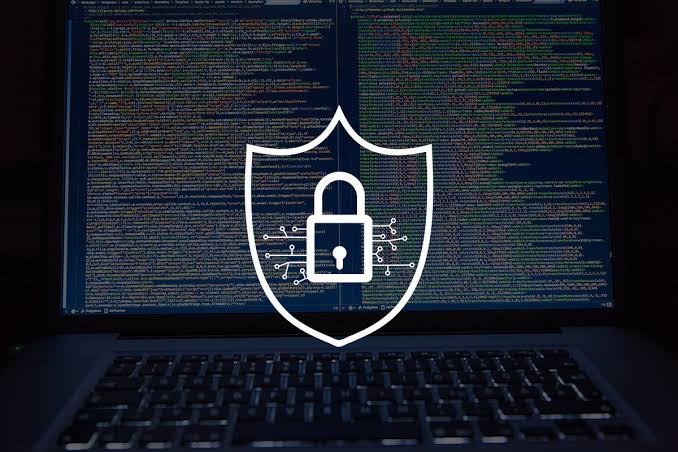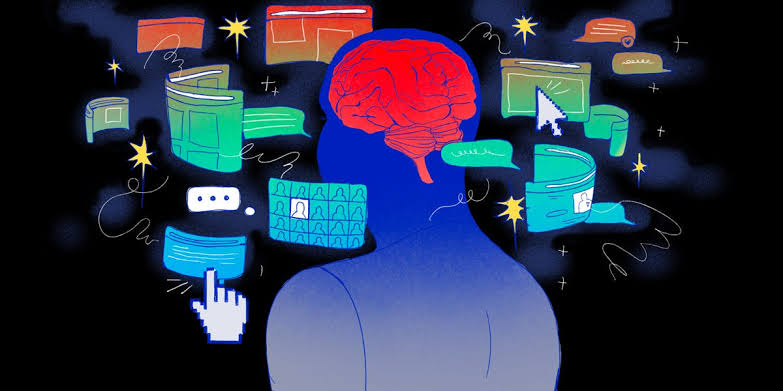The world of data security is on the verge of a monumental shift, driven by the emerging power of quantum computing. As of July 2025, the promise and threat of quantum technology are no longer distant science fiction. Tech giants, governments, and cybersecurity firms are investing heavily in quantum research, knowing its arrival could revolutionize computing—and simultaneously render current encryption methods obsolete.
Quantum computing operates on principles that are fundamentally different from classical computing. While traditional computers use bits, quantum computers use quantum bits, or qubits, which allow for exponentially more processing power. This enhanced capacity has profound implications for data encryption, both in terms of breaking existing systems and creating new, virtually unbreakable ones. Understanding how quantum computing will change data encryption is crucial for businesses, governments, and individuals concerned with privacy and security in the digital age.
How Classical Encryption Works Today
Before diving into how quantum computing will change encryption, it’s important to understand how encryption currently works. Most of today’s digital encryption relies on mathematical problems that are extremely hard to solve with classical computers. Two of the most common encryption standards are RSA (Rivest–Shamir–Adleman) and ECC (Elliptic Curve Cryptography), which are widely used for secure emails, financial transactions, and digital certificates.
These systems rely on the difficulty of factoring large numbers or solving discrete logarithm problems. For instance, RSA encryption involves multiplying two large prime numbers to create a key, and it would take even the most powerful classical computers thousands of years to reverse-engineer the key by factoring the number. This difficulty forms the core of modern cybersecurity.
Why Quantum Computing Threatens Traditional Encryption
Quantum computers challenge this very foundation. Unlike classical computers, which check every possible solution one at a time, quantum systems can evaluate multiple possibilities simultaneously due to superposition and entanglement. This makes them uniquely capable of solving complex mathematical problems in a fraction of the time.
In 1994, mathematician Peter Shor introduced Shor’s Algorithm, which can factor large numbers exponentially faster than the best-known classical algorithms. In theory, a sufficiently powerful quantum computer running Shor’s Algorithm could break RSA and ECC encryption in minutes, rendering billions of data exchanges—banking, government, corporate communications—completely insecure.
While such quantum computers don’t yet exist at the scale needed to break encryption today, breakthroughs in 2025 have brought us much closer. For example, IBM and Google have recently made strides toward developing fault-tolerant quantum systems with thousands of stable qubits, signaling a turning point in quantum development.
The Rise of Post-Quantum Cryptography
To prepare for the quantum threat, cybersecurity experts have been racing to develop encryption methods that even quantum computers can’t crack. This new field is known as post-quantum cryptography (PQC). These are cryptographic algorithms designed to be secure against both classical and quantum computers.
In July 2022, the U.S. National Institute of Standards and Technology (NIST) began the process of standardizing post-quantum cryptographic algorithms, and by 2025, several of these algorithms—such as CRYSTALS-Kyber and CRYSTALS-Dilithium—are being widely adopted across commercial and governmental platforms. These algorithms rely on complex mathematical problems like lattice-based cryptography, which, as of now, show resilience against quantum attacks.
Organizations today are encouraged to begin migrating their systems to post-quantum standards, even before quantum computers become fully operational. This proactive approach is vital to protecting data that needs to remain confidential for years into the future.
Hybrid Cryptographic Models in Transition
Given that quantum computers aren’t yet fully scalable but are advancing quickly, many experts recommend hybrid cryptographic systems during this transition period. These models combine classical and post-quantum algorithms to ensure data is secure no matter which type of computer attempts to break it.
For example, a hybrid model might use RSA encryption in tandem with a lattice-based post-quantum algorithm. This layered approach offers protection today while preparing for tomorrow’s threats. As of 2025, major cloud providers and financial institutions are beginning to implement hybrid systems to secure client data and critical infrastructure.
Quantum Key Distribution: A New Era of Secure Communication
Beyond protecting against quantum threats, quantum computing also opens the door to new forms of encryption. One of the most promising is Quantum Key Distribution (QKD). Unlike traditional encryption, which depends on mathematical problems, QKD leverages the laws of quantum physics to securely exchange cryptographic keys.
QKD works by transmitting qubits over a fiber-optic line or through satellites. Any attempt to eavesdrop on this communication alters the qubits’ states, making the intrusion immediately detectable. As of July 2025, several countries, including China and the European Union, have successfully demonstrated satellite-based QKD systems for secure diplomatic and military communication.
While QKD is still expensive and has distance limitations, technological advancements and infrastructure investment are gradually making it more viable for commercial use. In the future, it could become the gold standard for transmitting sensitive information across vast distances with near-perfect security.
The Global Race for Quantum Readiness
Countries and corporations are now engaged in a global race to achieve quantum readiness. The stakes are high: whoever masters quantum computing first will not only gain a significant technological edge but also hold the keys to breaking or securing global digital communications.
Governments are investing billions in quantum research. The U.S., EU, China, and Canada have all launched national quantum initiatives. In parallel, private tech companies like IBM, Microsoft, Google, and startups such as Rigetti and IonQ are pushing the boundaries of what’s possible. As of July 2025, partnerships between public and private sectors are common, with many enterprises now including quantum risk in their cybersecurity policies and disaster recovery planning.
Challenges in Adoption and Implementation
Despite its promise, integrating quantum-resistant encryption is not without challenges. Many systems and devices today—from internet routers to banking software—are built around classical encryption standards. Replacing or updating them involves considerable cost, time, and technical expertise.
Additionally, because quantum computing is still evolving, there is uncertainty about which cryptographic methods will ultimately prove secure. Organizations must balance between adopting early solutions and waiting for further maturity in the technology. Interoperability, standardization, and backward compatibility are also major concerns that need careful planning.
Final Thoughts
Quantum computing represents both a threat and an opportunity in the field of data encryption. While it has the potential to break current security standards, it also offers new, more secure alternatives through post-quantum cryptography and quantum-based communications. As of July 2025, the transition toward quantum-safe encryption is well underway, but the pace of adoption will determine how secure our digital world remains in the coming years.
The key takeaway is clear: businesses, governments, and individuals cannot afford to ignore the quantum shift. Planning ahead, investing in quantum-resilient systems, and staying informed about technological advancements will be essential steps in safeguarding data in the era of quantum computing. The encryption methods that protect our information today must evolve now—before quantum computing makes them obsolete.



